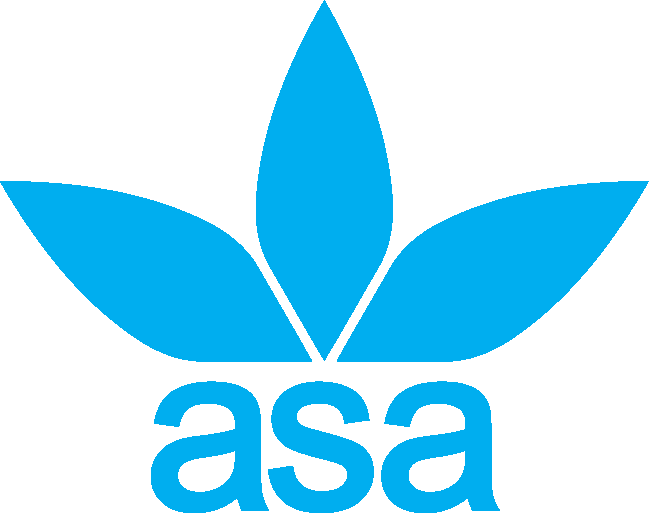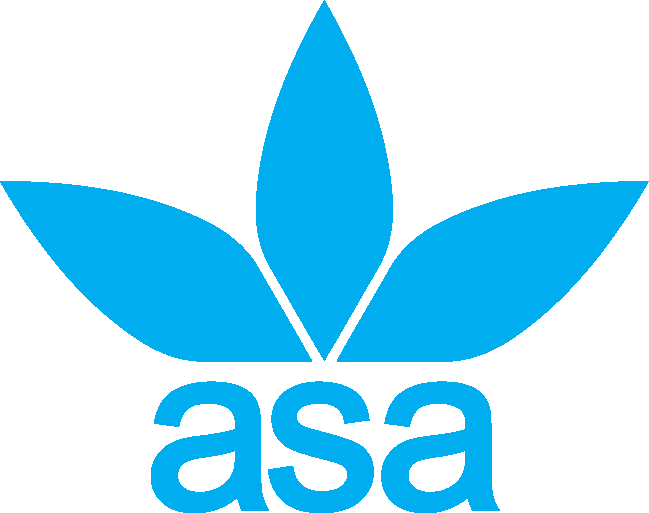
Soccer has it’s unique issues, partly due to volume of players, span of age groups and player sizes, partly due to the number of volunteers. Suppliers who just supply uniforms without consideration for club values, gear stewards and managers, or consideration as to how the club “looks”, are in the business for all the wrong reasons.
A major “bug bear” is seeing a club that looks like a rabble. Seeing some players in new gear, others in the previous years, but nothing looks the same. Sometimes it is a different style of jersey, sometimes it is different colours, sometimes different size numbers on the back of jerseys, many times the numbers are in different positions or off-centre, sometimes it is different sponsors, and sometimes it is “taping” a temporary number.
Some of this is a supplier issue, which is inexcusable. Other parts are related to decisions of the club. Whatever it is, it gives the impression of a club in trouble or a club that doesn’t take pride.
Another big “bug bear” is – why do clubs have to order 3 or 4 months in advance? It should only have to be 6 weeks.
Other items, such as hoodies and jackets, are simply a stock item with a club logo. Some things are price driven and serve a purpose, but every club should strive for the type of branding that makes items interesting and aligned to club values and image. If an item is interesting then players and supporters will wear it everywhere, and this gives the club bigger exposure in their local area.
Through our help, we can get your club a step closer to fulfilling the above. There are many aspects to being a supplier of choice and it is much more than just handing over kits of shirt, shorts, socks. The areas below highlight some of the problems that we take into consideration when supplying your solution.
There are several key areas (with playing gear) that cause headaches for committees and every club needs to consider the following:
Have you been given gear that is labelled 3XS only to be told this is a size 10 and a 5XS is a size 6?
And this is even more confusing when a player wants a club hoodie and find they have a size 16 jersey, but need a size 12 hoodie.
Clubs need to feel assured that whatever is supplied is to certain specifications. It should be expected that people can assume a size 10 jersey is similar to buying a size 10 shirt from most shops, and that a size 10 jersey would mean the player fits a size 10 hoodie.
All our clothing is made to Australian sizing specifications so there is no confusion and it is easy to order the correct sizes.
Have you had items that don’t last the season, either through pilling, poor workmanship or poor stitching of seams?
Have you had jerseys that don’t breathe so they feel hot and uncomfortable and then stink from sweat?
It should be expected that the quality is good and that products will last a good period of time. Jerseys are for sport so they should breathe and feel comfortable.
All our gear is stitched to higher standards than anything that is manufactured in China. Our fabrics breathe and many fabrics are treated with anti-bacterial treatment.
Most jerseys are a sublimated jersey. This means the design and colours are printed into the fabric and is a fantastic option if wanting specific colours and/or funky designs.
Poor quality sublimation will see detail being blurry rather than sharp like a print. Poor quality sublimation will also result in certain colours fading during the season.
Branding of jersey numbers, names and sponsor logos often occur post production through various vinyls. Cheap quality vinyls has seen some clubs with logos and player numbers falling off.
We use high grade sublimation inks to ensure jerseys stay vibrant, and world best vinyls which ensure branding stays on the jersey and looks good.
Nearly every club needs an alternate strip when a team is playing a club with similar jerseys.
The headache for some clubs comes from having insufficient alternate strips which means someone has to coordinate handing out a kit to a team on an as needed basis. Then players generally have an alternate strip that doesn’t fit very well and someone has to do running around to collect/wash/return.
This all adds more pressure to club volunteers.
The best proposal is for every new player to be given a training shirt that can be used as an alternate strip. This approach means volunteers are not doing extra work, players have an alternate strip, the club looks professional as players are going to training in a club training shirt.
In a perfect world, no player ever needs to play up into another team. Every team could have jerseys numbered uniquely from #2 to (say) 12. But this never happens and players need to play up to fill gaps and this is where clubs/teams start looking like a “rabble”.
A typical scenario has a player (say) #7 playing up but the higher team already has a player with this number so #7 is turned into #17, often by using some tape.
To compound the issue, often the person playing up and the higher team will have different sponsors on their jerseys.
This scenario needs to be redefined and the simplest approach would be to give each team a couple of extra jerseys. The playing roster might have jerseys numbered #2 to #12, plus spares of #13 and #14 which would be used for anyone playing up.
This is a massive hole and opportunity for many clubs.
Typically a club will have no merchandise and rely on a sponsor outfitting a team with an item such as a hoodie or jacket. Then at the other end of the spectrum is a club who wants merchandise but has to pay thousands of dollars to get branded items, only to hold them in the canteen hoping they will sell.
As part of our overall solution, ASA will provide a merchant shop which is branded for your club and stocks items you want to offer coaches, players and supporters. Your merchant shop will show your products branded to your specifications. Examples of items that could be in the merchant shop are hoodies, jackets, caps, beanies, spray jackets, tracksuit tops & bottoms, supporter jerseys, tshirts, bags, balls, stubby coolers, water bottles, mugs, umbrellas. You could also include player gear for anyone wanting another pair of shorts, socks, training shirt, etc.
ASA will manage the merchant shop and fulfil orders and an agreed rebate would go to the club.
This process doesn’t preclude your club from holding some stock in the canteen, but it does allow your club to offer a much bigger variety of products without having to pay for some merchandise and hold the stock.
Every club needs sponsors, but this is one of the biggest headaches for any club.
Today, it is very hard to get a “big” corporate on a multi-year sponsorship. This means clubs must find smaller (team based) sponsors.
One of our clubs (with over 100 teams) has approx. 50 team sponsors each year. These come from local businesses and also parents/relatives of players who have their own business. It is easy for them to afford a small amount each year and easy for the club to find these sponsors as opposed to one “big” corporate sponsor.
The easiest way to promote sponsors is to put the sponsor logo on the playing jersey. As most sponsors are only on a one year term, it becomes very difficult to recycle jerseys into future years. If you try to recycle jerseys then your club probably looks like a “rabble” and your Gear Steward is probably having a melt down.
If you are managing sponsors year by year then the easiest option for you is to be supplied with new jerseys each year. This ensures a club has a fresh look, united teams and alleviates problems associated with a sponsor not continuing and/or players moving to different teams with a different sponsor.
Allowing players to have their name on their jersey, is a great way to keep them enthused and be proud of their jersey.
You can almost guarantee every player up to U12 teams will want a name, and around 50% from U12 upwards.
With some simple planning, your club raises some money and kids are ecstatic.
We can easily show you how this can be done, with no collection of money and no extra work for the Gear Steward.
Some clubs think they are going to “save” by recycling jerseys. But in reality, the club will have these problems:
Recycling jerseys each year puts a lot more burden on the gear steward and team managers. People must be responsible to collect the jerseys, someone has to ensure they are all washed properly, someone has to go through every jersey to ensure anything not in reasonable condition is discarded, then the club has to plan a top-up order.
Ordering new jerseys each year makes it easier for the club volunteers. Less burden on volunteers means more volunteers in future years.
Recycling jerseys mean small top-up orders, which comes at a premium price.
We all know that buying a larger quantity is cheaper than buying smaller quantities, and this is very true for jerseys. The time and effort to manufacture a bigger order is not much more than making a smaller order – so a smaller top-up order is much more expensive.
Recycling jerseys makes it impossible to have an effective team sponsorship program, so less money comes to the club.
You can only run an effective team sponsorship program with fresh jerseys each year. Team sponsorship is the easiest way to raise money and connect with the community.
Players, particularly younger ones, want their name (and possibly number) on their jersey. Recycling jerseys cannot allow this to happen.
This is one of the saddest results of recycling jerseys as parents will pay for their kids to have their name (and possibly number) on their jersey. This option allows the club to raise some money AND creates an excited group of youngsters.
The biggest problem is the club image. The club looks badly managed because their jerseys look used and tired.
Unless you have a captive pool of players, image is everything. A great image attracts players and volunteers. A great image encourages more sponsors. A great image results in a club that everyone wants to be associated with.
The end result…
When you factor in a lower jersey cost, the club image, an effective team sponsorship program, allowing players to have names, removing the stress for managers and gear steward, the end result is the costs of yearly jerseys is not much different to the cost of recycling.
If you want to get out of the recycling rut, then arrange a meeting for ASA to help you.
At ASA we pride ourselves on quality, affordable and functional Soccer apparel to make your players and officials look good and feel great on and off the field.
We work with you to help you achieve the following:- Your club image reflected in all on-field and off-field items;
- Consistent sizing and branding;
- A well run team sponsorship program;
- The easy inclusion of plaer names on jerseys;
- An online merchant shop for fund raising and/or the distribution of goods;
- Best value for on-field and off-field solutions
Put simply, OUR TEAM BUILDS YOURS.
Jerseys
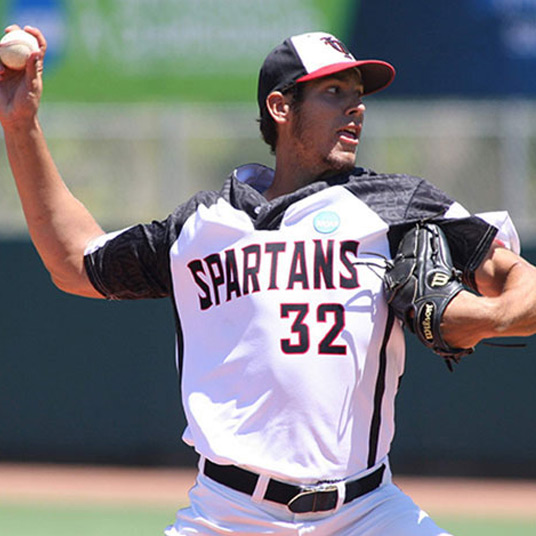
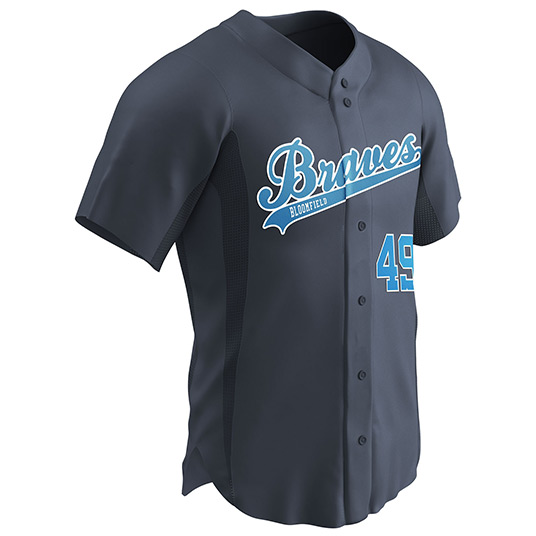
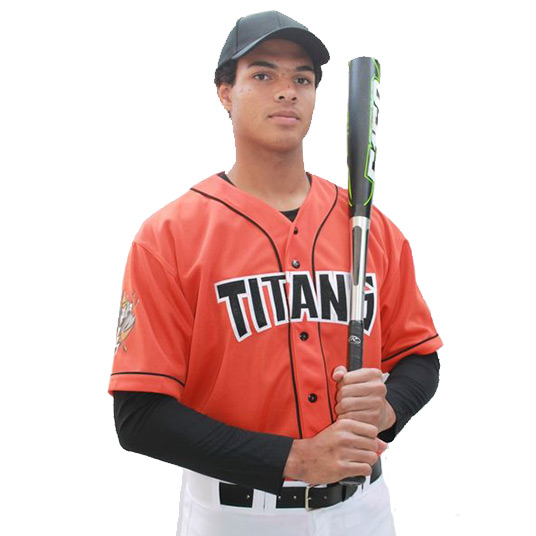
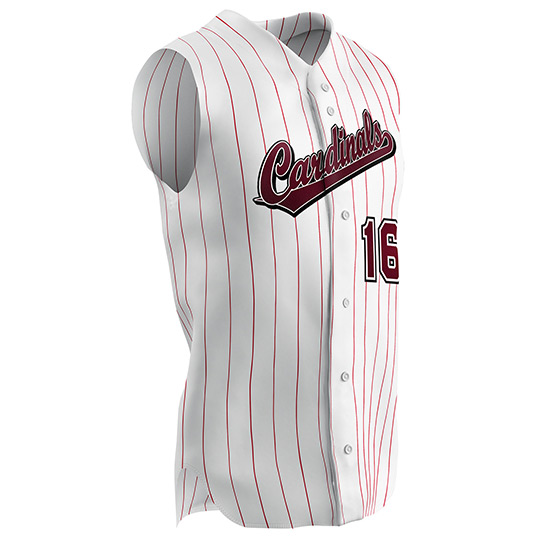
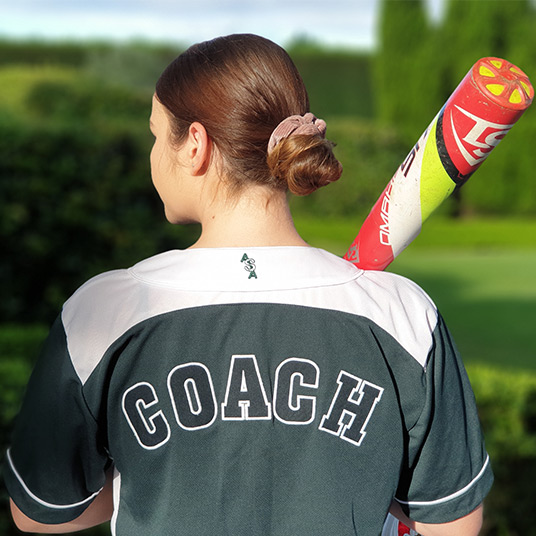
- Traditional full button jersey with club/team name appliqued across the front
- Light-mid weight cut & sewn or sublimated jersey
- Cut & sewn or sublimated vest
- Player name on back
- Large player number on back
- Smaller player number on front
- Name and/or number can be in applique or transfer
- Embroidered club logo and/or sponsor logos
